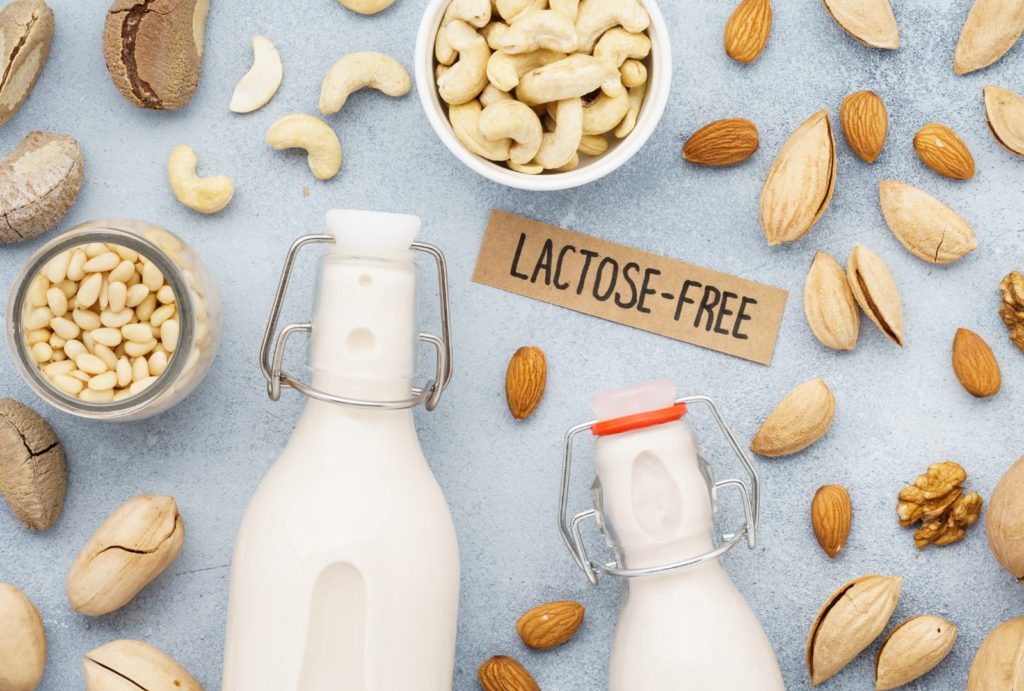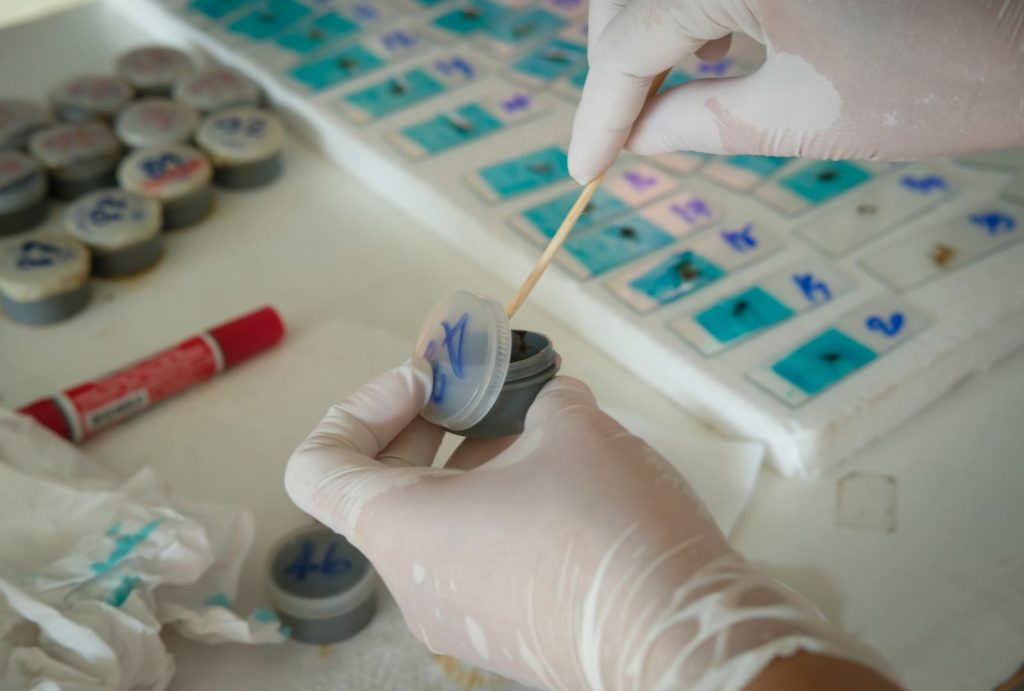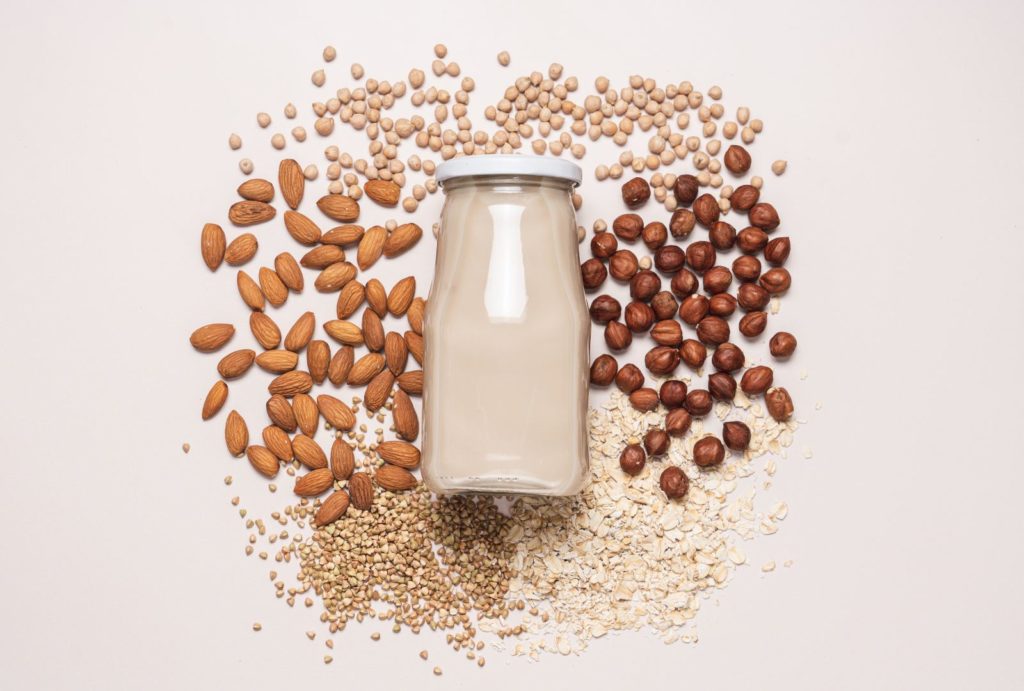If you’ve been dealing with digestive issues, fatigue, or just feel like something is off, you’re not alone. Our gut health plays a crucial role in good health, and understanding it is the first step toward feeling your best.
In this comprehensive guide I’ll take you through an overview of gut microbiome testing and everything you’ll need to find immediate relief and long-term solutions to improve your gut health for good.
Table of contents
- Understanding the Gut Microbiome
- What Your Gut Microbiome Results Reveal
- The Importance of Diet in Gut Health
- The Link Between Gut Health and Mental Health
- Gut Health and Chronic Illness
- The Future of Gut Microbiome Testing
- Practical Tips for Long-Term Gut Health
- Debunking Common Myths About Gut Microbiome Testing
- When to Seek Professional Help

Understanding the Gut Microbiome
What Is the Gut Microbiome?
The first thing to know is what exactly is the gut microbiome?
Think of your gut as an ecosystem composed of trillions of microorganisms, including bacteria, viruses and fungi, that live and work together to keep you healthy. These microbes help digest food, produce essential vitamins, and even influence your mood. Keeping this ecosystem balanced is key to feeling great every day.
Why Gut Health Matters More Than You Think.
A healthy gut microbiome:
- Regulates your immune system, helping you fight infections and control inflammation.
- Enhances nutrient absorption, ensuring your body gets essential vitamins and minerals.
- Produces neurotransmitters like serotonin, which influence mood, sleep, and stress levels.
- Protects the intestinal lining and mucus layer, preventing “leaky gut” and reducing systemic inflammation.
- Plays a role in metabolism, influencing weight regulation and energy production.
The gut microbiome also communicates with other systems in the body, including the brain (via the gut-brain axis) and the liver, highlighting its central role in overall health. When the gut is balanced, you feel energized, experience smoother digestion, and enjoy mental clarity and emotional stability.
Disruptions in this ecosystem—from stress, lack of restful sleep, imbalanced diet, or medications—can weaken the intestinal lining, trigger systemic inflammation, and contribute to chronic conditions.
Signs of an Imbalanced Gut Microbiome:
- Bloating, constipation, or diarrhea.
- Fatigue or low energy.
- Frequent infections.
- Skin issues (e.g., acne, eczema).
- Conditions like SIBO (Small Intestinal Bacterial Overgrowth) or SIFO (Small Intestinal Fungal Overgrowth), which can arise from microbial imbalances.
- Increased risk of chronic inflammation or diseases like IBD (Inflammatory Bowel Disease) due to disruptions in the gut’s ecosystem.
- Bloating, constipation, or diarrhea.
- Fatigue or low energy.
- Frequent infections.
- Skin issues (e.g., acne, eczema).
…it may be time to test your gut microbiome.

What Is Gut Microbiome Testing and how does it Work: A Step-by-Step Guide
Gut microbiome testing examines the microbial community living in your digestive tract. It identifies the diversity and proportions of beneficial and harmful microbes present in a stool sample.
· Gut microbiome testing is a relatively straightformıward process:
- Sample Collection: Use a specialized kit in the comfort of your home to collect a small stool sample.
- Lab Analysis: The lab examines the sample for microbial diversity, relative abundance, and functional markers like short-chain fatty acids.
- Detailed Report: Receive a comprehensive breakdown of your microbiome composition and actionable insights for improvement.
· How to Prepare for a Gut Microbiome Test
- Diet Consistency: Avoid sudden diet changes before testing.
- Pause Probiotics (if advised): Some providers recommend stopping probiotics to get a clearer microbial snapshot.
- Avoid Recent Antibiotic Use: Antibiotics can temporarily alter your gut microbiome.
· Benefits of Gut Microbiome Testing
- Personalized Insights into your Digestive System: Understand your unique microbial composition to target specific imbalances.
- Early Detection of Potential Health Issues: Identify subtle imbalances that could lead to chronic conditions.
- Nutrient Absorption Optimization: Improve digestion and energy levels by rebalancing gut bacteria.
- Symptom Relief: Address issues like IBS, food intolerances, inflammation, and their ripple effects on overall health.
Certain bacterial groups are known to support health, assisting in nutrient synthesis and pathogen protection. Others may produce toxic metabolites or disrupt nutrient absorption. Stool tests measure the relative abundance of each microbial group, helping distinguish between allies and adversaries in the gut.
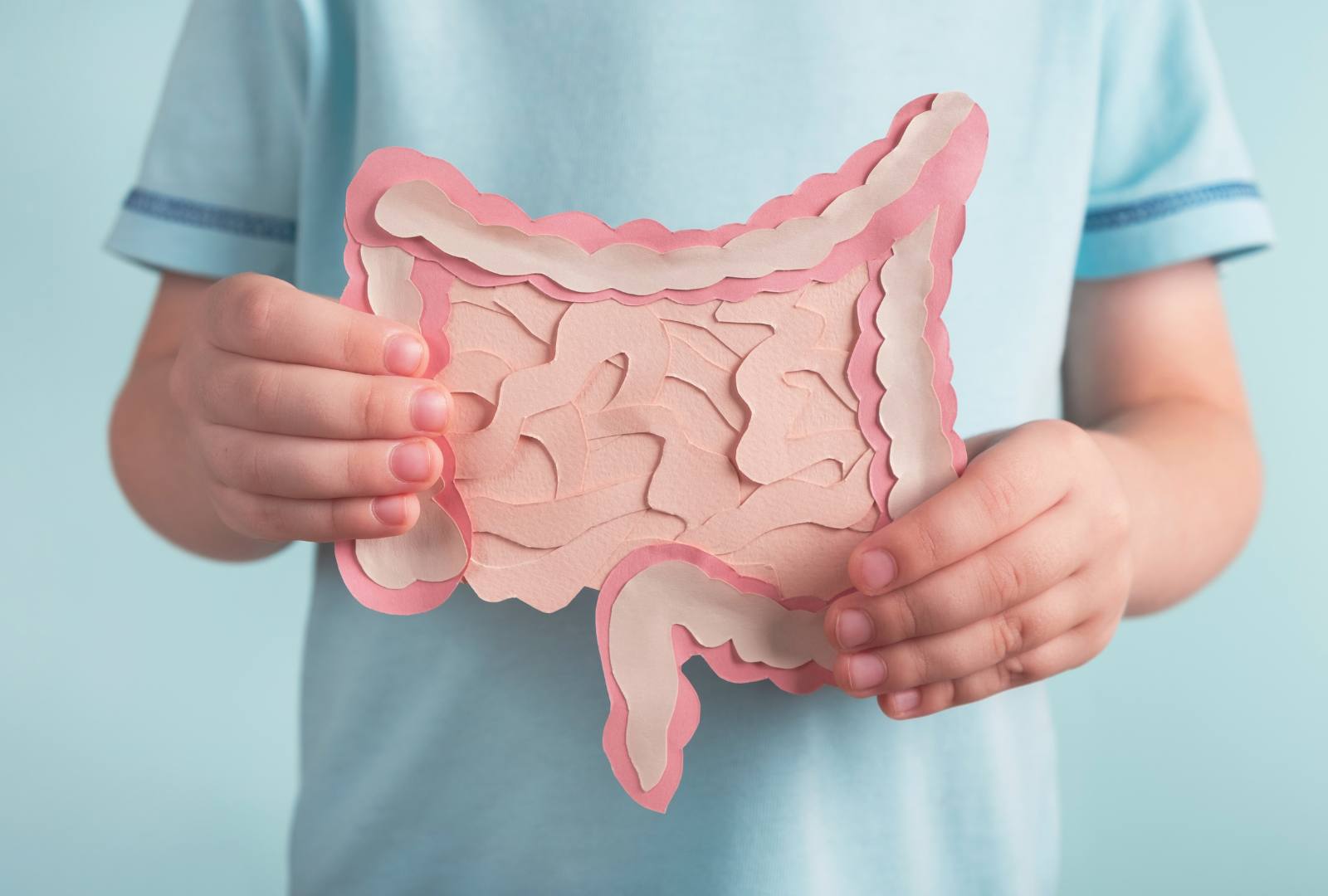
What Your Gut Microbiome Results Reveal
Understanding Your Bacterial Diversity Score
A high diversity score typically suggests a flourishing, balanced microbiome populated with various beneficial strains. Conversely, a lower diversity score can warn of potential vulnerabilities. Observing these numbers allows for clearer decision-making around dietary supplements and probiotic regimens.
What Beneficial Microbes Mean for Your Health
Bacteria like Lactobacillus or Bifidobacterium often symbolize a gut environment conducive to healthy digestion and immune modulation. These microbes help with nutrient breakdown and assist in defending against pathogenic intruders. Adequate levels often equate to better overall wellness and stable energy.
Red Flags to Watch for in Your Test Results
Overgrowths of certain microbes, such as Candida or pathogenic strains like C. difficile, can disrupt a healthy gut ecology. Such findings may explain longstanding health complaints or nagging symptoms like brain fog. Identifying these culprits is a pivotal step toward restoring equilibrium and starting on the right protocol towards better health.
Improving Gut Health Based on Your Test Results
There are 3 pillars to improving your gut health that any adjustments will be built upon from your test results:
1. Customized Probiotic Recommendations
I’ll help you choose the right probiotic strains tailored to your specific needs, ensuring your microbiome gets the support it requires.
2. Dietary Adjustments for a Healthier Gut
We’ll put together a customized nutrition plan to improve your gut health analyzing your personal eating habits. If necessary, we will Identify and temporarily eliminate foods that trigger inflammation. We will add fiber-rich, nutrient-dense foods to support healthy bacteria. Finally, we will review the main macro nutrient categories understanding which foods are nutrient rich and which ones should be limited according to your bio individual markers.
3. Lifestyle Changes That Support a Healthy Microbiome
We will also look at lifestyle changes that help to support the health of your microbiome such as mindfulness and relaxation techniques to manage stress. We will incorporate regular but pleasant movement and exercise. Finally, we will address potential sleep issues in order to prioritize quality sleep to help your gut microbes thrive.
The Importance of Diet in Gut Health
The Impact of Processed Foods and Sugars on Microbial Balance
Excessive consumption of refined sugars and processed foods can foster the growth of yeast and less desirable bacteria that feed off of these. Over time, this pattern disrupts the delicate harmony, opening the door to inflammatory cascades. Cutting back or eliminating altogether processed is a non- negotiable when it comes to supporting a more diverse microbiome population.
Probiotics, Prebiotics, and Postbiotics
· What Are Probiotics and How Do They Help?
Probiotics are living microorganisms that supply living cultures that can repopulate your gut. Integrating high-quality probiotic supplements or fermented foods can elevate digestive function. also supply living cultures that can repopulate your gut. Start low and slow: If you are not used to eating probiotic foods, it is recommended to start with just a very small quantity and increase the intake slowly and progressively to allow your digestive system to adapt. A few examples of probiotic foods: Kimchi, sauerkraut, yogurt, kefir, miso, tempeh, natto, kombucha and pickles (fermented in brine, not vinegar) .
· Prebiotics: Food for your Bacteria
Prebiotics are nutrition sources for your existing microbes. In other words, we think of soluble and insoluble fiber present in vegetables, fruits, nuts, legumes, and whole grains. By including a variety of prebiotic-rich ingredients in meals, you provide beneficial bacteria with the energy they need to flourish. Some great examples: Garlic, Onions, Chicory root, Asparagus, Leeks, Jerusalem artichokes, Apples, Wheat bran, Lentils, Chick Peas and Beans.
· Emerging Science Around Postbiotics
Postbiotics encompass the bioactive compounds produced by probiotics during fermentation. These include short-chain fatty acids, enzymes, and other metabolites that can modulate inflammation and support gut barrier integrity. Researchers continue to uncover their far-reaching influence on metabolic and immune health.

The Link Between Gut Health and Mental Health
Exploring the Gut-Brain Axis
The gut brain axis relies on the following 3 major communication pathways:
- Nervous System – Via the vagus nerve and the enteric nervous system (ENS), which transmit signals between the gut and brain in real time.
- Endocrine System – Through hormones like cortisol, serotonin, and gut peptides (e.g., GLP-1, ghrelin, leptin) that influence mood, appetite, and stress response.
- Immune System – Through cytokines, microbiota metabolites (e.g., short-chain fatty acids, lipopolysaccharides), and inflammatory signals that impact brain function and neuroinflammation
Because of this bidirectional communication between the gut and brain, gut health plays a crucial role in mental health, influencing mood, stress response, and cognitive function.
How a Healthy Gut Can Improve Mood and Reduce Anxiety
A robust population of beneficial bacteria can modulate levels of cortisol, the stress hormone. By producing calming metabolites, these microbes may alleviate symptoms of anxiety and depression. Subtle changes in diet and supplementation can yield transformative shifts in emotional well-being.
Managing Stress for a Balanced Gut
Chronic stress can destabilize the gut barrier, which results in some degree of permeability in the gut lining, thus allowing harmful substances to leak into the bloodstream. Techniques like mindfulness, deep breathing, and regular exercise support the parasympathetic nervous system, fostering an environment conducive to healthy microbial colonies when combined to the appropriate dietary interventions and supplementation.

Gut Health and Chronic Illness
The Connection Between Gut Health and Autoimmune Conditions
Gut permeability and disturbances in microbial diversity precede autoimmune flare-ups.
Gut permeability allows for the leaking of toxins, undigested food particles, and harmful bacteria to pass into the bloodstream. Working on the restoring the gut barrier is a fundamental step to manage auto immune conditions.
Moreover, certain strains can either suppress or exacerbate immune cells linked to conditions like rheumatoid arthritis or lupus. Pinpointing these strains allows for more targeted management strategies that support the immune system.
How Microbiome Testing Can Help with Chronic Fatigue Syndrome
Fatigue can stem from dysfunctional nutrient absorption and systemic inflammation. With poor nutrient absorption, the mitochondria are deprived of essential fuel like vitamins, minerals, and amino acids, leading to low energy, fatigue, and sluggish metabolism.
Testing identifies bacterial imbalances that might amplify exhaustion. By recalibrating the gut ecosystem, lower inflammation and consequently improving nutrient absorption, individuals experience heightened stamina and a rejuvenated capacity for daily activities.
Supporting Gut Health in Diabetes Management
Insulin sensitivity and glucose metabolism are influenced by the microbiome’s composition. Certain bacterial populations help regulate blood sugar, while others might impede it. Adjusting diet and lifestyle according to test results contributes to more stable glucose control.
Gut Diversity and Weight Management: The Role of Key Strains
A diverse gut microbiome plays a crucial role in metabolism and weight regulation, with certain bacterial strains directly influencing fat storage and energy balance. Akkermansia muciniphila, a beneficial gut bacterium, is often found in lower levels in individuals struggling with weight issues. This strain strengthens the gut lining, reduces inflammation, and improves insulin sensitivity—factors essential for effective weight management. Research suggests that increasing Akkermansia muciniphila through prebiotic-rich foods, polyphenols, and a fiber-rich diet can support a healthier metabolism and aid in sustainable weight loss.
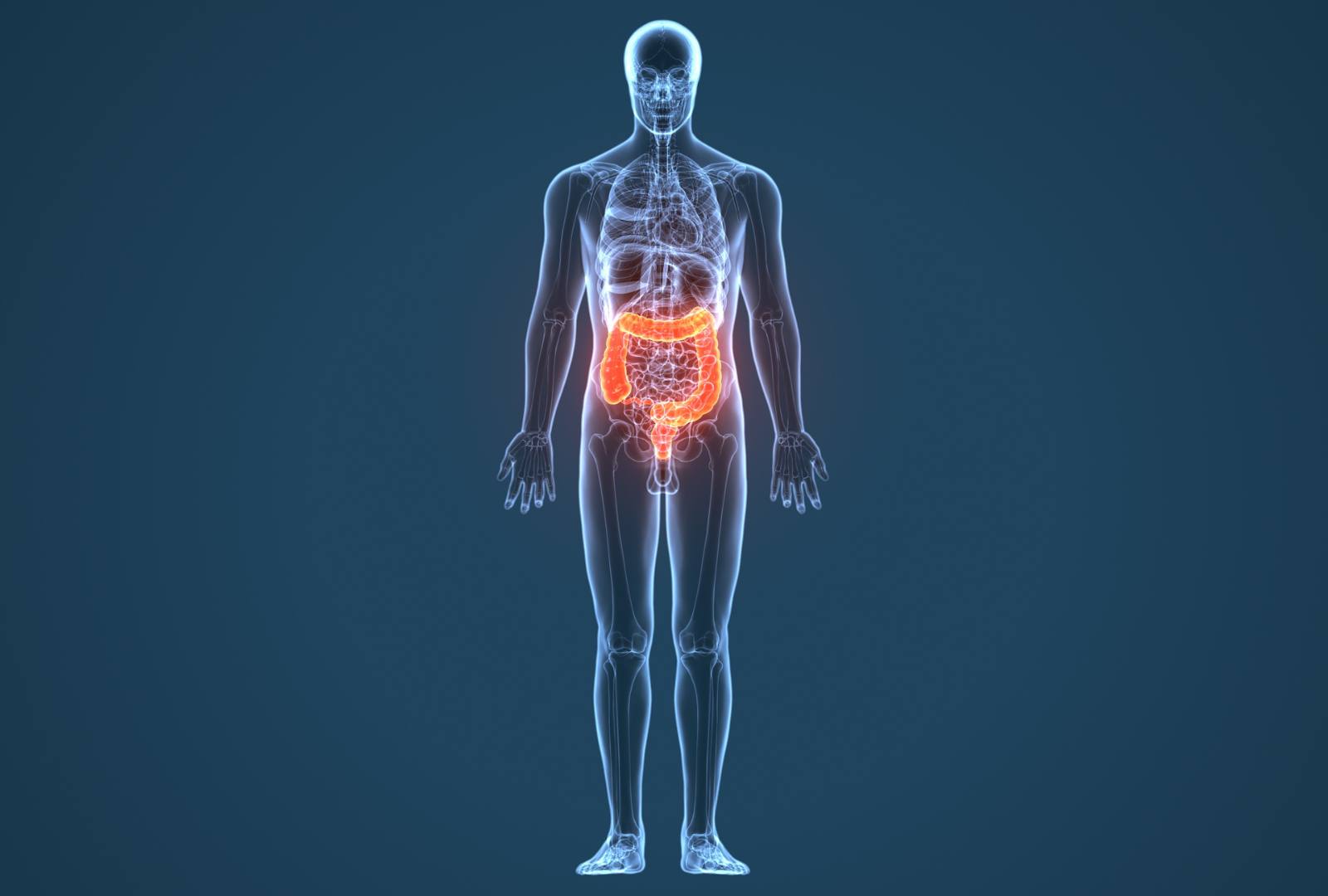
The Future of Gut Microbiome Testing
Advances in Gut Testing Technology
Newer techniques like metagenomic sequencing delve deeper, detecting thousands of microbial species in a single sample. These innovations expand understanding of how lesser-known microorganisms orchestrate crucial bodily processes. Rapid testing methods are also on the rise, offering quicker turnaround times.
The Promise of Personalized Nutrition and Medicine
Gathering granular data on an individual’s microbiome can guide more precise dietary recommendations and interventions. This personalization could replace the trial-and-error approach in dealing with chronic digestive issues, ushering in a new age of tailored healthcare solutions.
Challenges and Limitations of Current Testing Methods
Some tests may lack standardized benchmarks. Variations in methodology across labs can lead to inconsistencies, making it harder to compare results. Additional research is needed to fully grasp how certain microbes influence the vast tapestry of health and disease.
Practical Tips for Long-Term Gut Health
Building a Gut-Friendly Lifestyle
Sustainable gut care involves a balanced diet, regular movement, and mindful stress management. Consistent sleep patterns and minimal use of unnecessary antibiotics also preserve microbial integrity. Over time, these habits lay the foundation for resilient digestive function.
Incorporating Regular Gut Testing into Your Wellness Routine
Periodic testing helps track progress and catch emerging imbalances. Seasonal changes, lifestyle shifts, and aging can all alter the microbiome. By staying informed, you maintain the ability to fine-tune any adjustments that keep your gut thriving.
Monitoring Progress and Adjusting Your Approach
Gut health is not static. Even beneficial interventions might need recalibration as the body adapts. Observing trends in symptoms and test results empowers you to continue evolving your practices, ensuring a robust and harmonious gut environment for years to come.
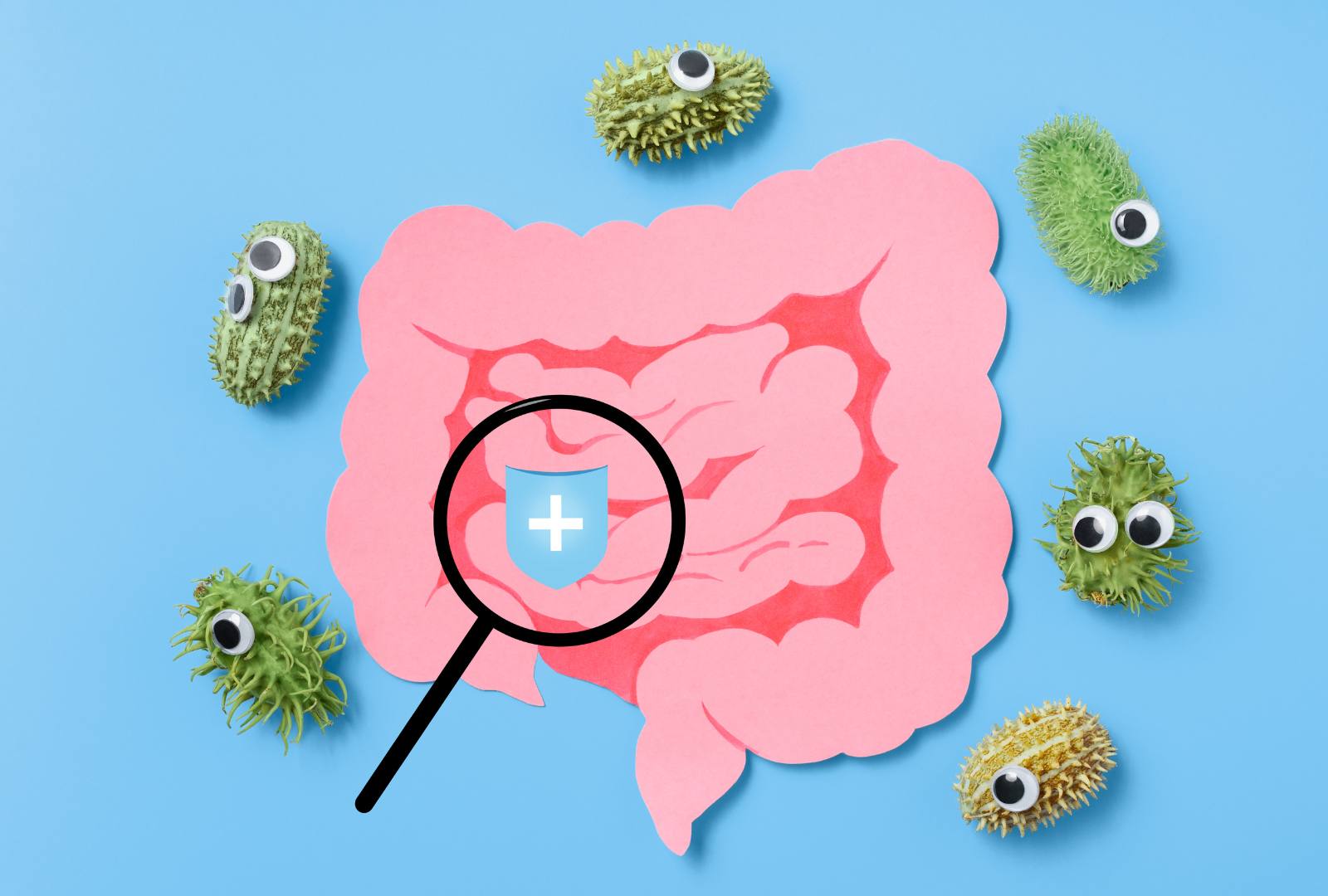
Debunking Common Myths About Gut Microbiome Testing
Is Testing Just a Fad?
The microbiome represents a foundational pillar of health, and advancements in testing reflect genuine scientific discoveries.
While new information emerges regularly, understanding gut flora remains central to modern preventive medicine and holistic wellness.
Can You Fix Your Gut Without Testing?
General improvements like dietary overhauls and stress reduction do help.
Still, personalized data can expedite progress by pinpointing deficiencies or overgrowths. Testing provides targeted insights that may hasten results and streamline interventions, like specific supplementation and dietary protocols unique to your situation.
Separating Fact from Fiction
While trends and buzzwords abound, credible gut testing stands on solid scientific underpinnings. Valid research, replicable findings, and medically recognized protocols differentiate legitimate testing from anecdotal claims. Scrutinizing the evidence ensures you invest in methods grounded in scientific rigor.
When to Seek Professional Help
Knowing When to Consult a Specialist
Persistent or severe symptoms signal the need for expert evaluation.
As a certified functional nutritionist, I can interpret complex test results and craft a tailored plan for you.
Early intervention often spares individuals prolonged discomfort or complications.
Read more about the functional health I offer.
Taking the First Step Towards a Healthier Gut
Beginning a gut health journey can feel momentous, yet the rewards reach far beyond digestion.
Greater energy, resilience, and overall wellness often await those who step forward with curiosity and commitment.
Embrace the process as a chance to nurture your body from within.
How Gut Testing Can Empower You to Take Control of Your Health
When you uncover exactly what is happening in your digestive ecosystem, you gain an invaluable roadmap.
Understanding your gut microbiome can transform your health. With my expertise, I’ll help you uncover the root causes of your symptoms and create a customized plan to restore balance.
I’ll guide you toward good health better gut health, one step at a time.

